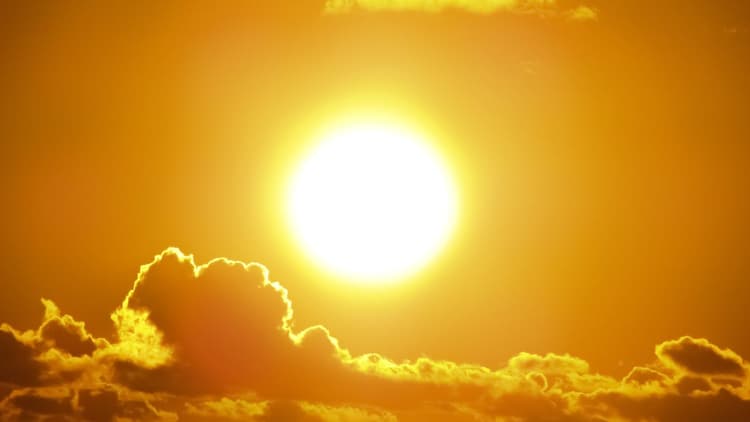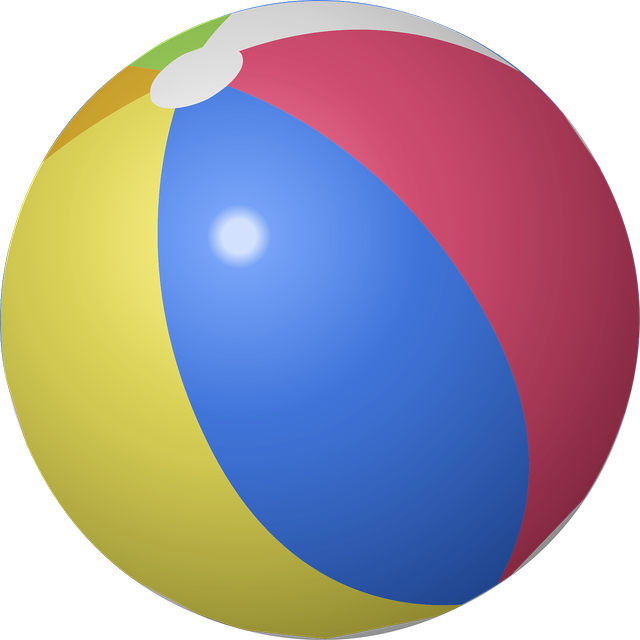Myths about teaching can hold you back
- Year 5
Why we have day and night
You can explain why we have day and night.
These resources will be removed by end of Summer Term 2025.
Switch to our new teaching resources now - designed by teachers and leading subject experts, and tested in classrooms.
These resources were created for remote use during the pandemic and are not designed for classroom teaching.
Lesson details
Key learning points
- The axis is an imaginary straight line which goes through the centre of the Earth from the North to the South Pole
- Day and night are due to the Earth rotating on its axis
- It is daytime when the Earth is facing the Sun and night time when the Earth is facing away from the Sun
- The Earth takes 24 hours to rotate on its axis
- Models can be used to demonstrate how the Earth's rotation causes day and night
Keywords
Earth - The Earth is a planet on which we live
Sun - The Sun is a star and the centre of our solar system
Rotate - To rotate is to turn or spin
Axis - The Earth’s axis is the imaginary line through its centre, from North pole to South pole
Model - A model is used to describe something that can’t be experienced directly
Common misconception
Pupils may think that we have night when the Earth is facing the Moon or the Sun goes behind clouds.
Provide plenty of opportunities for pupils to use models to show the Earth rotating on its axis, next to a bright torch or lamp for the Sun.
To help you plan your year 5 science lesson on: Why we have day and night, download all teaching resources for free and adapt to suit your pupils' needs...
To help you plan your year 5 science lesson on: Why we have day and night, download all teaching resources for free and adapt to suit your pupils' needs.
The starter quiz will activate and check your pupils' prior knowledge, with versions available both with and without answers in PDF format.
We use learning cycles to break down learning into key concepts or ideas linked to the learning outcome. Each learning cycle features explanations with checks for understanding and practice tasks with feedback. All of this is found in our slide decks, ready for you to download and edit. The practice tasks are also available as printable worksheets and some lessons have additional materials with extra material you might need for teaching the lesson.
The assessment exit quiz will test your pupils' understanding of the key learning points.
Our video is a tool for planning, showing how other teachers might teach the lesson, offering helpful tips, modelled explanations and inspiration for your own delivery in the classroom. Plus, you can set it as homework or revision for pupils and keep their learning on track by sharing an online pupil version of this lesson.
Explore more key stage 2 science lessons from the Earth, Sun and Moon unit, dive into the full primary science curriculum, or learn more about lesson planning.

Equipment
See Supplementary Resources for detailed guidance.
Content guidance
- Risk assessment required - equipment
- Exploration of objects
Supervision
Adult supervision required
Licence
Prior knowledge starter quiz
6 Questions
Q1.This object in space is called the .

Q2.Which object would not be good to make a model of the Sun?





